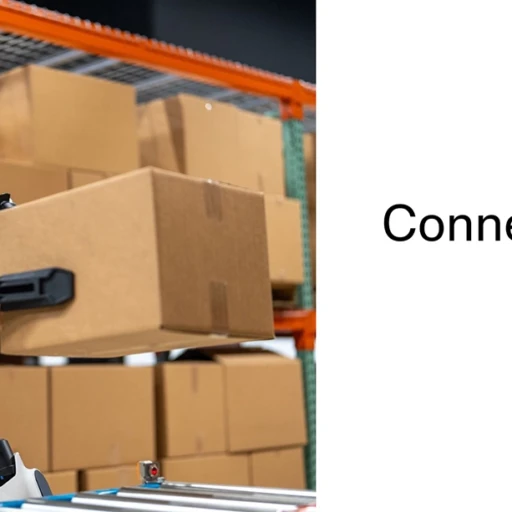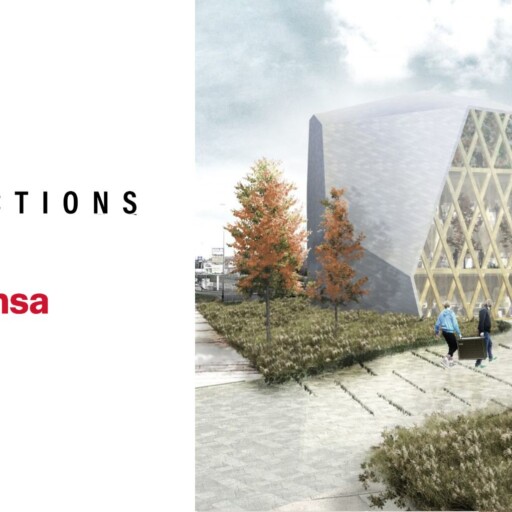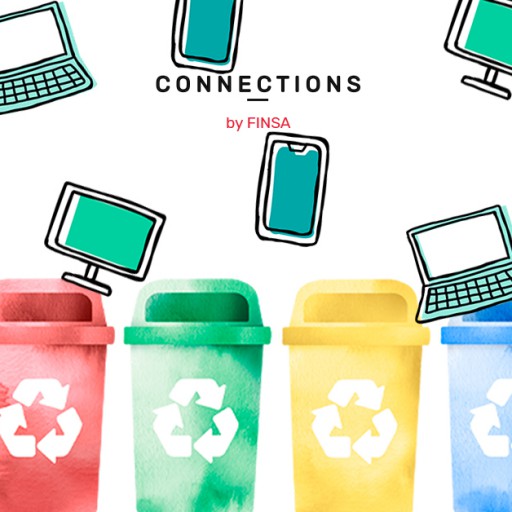The sixth edition of Dubai Design Week has shown us the path that will be followed by architecture and design projects in the near future. Connections by Finsa has taken a look at the drivers presented at this fair that look likely to set and reinforce some trends: public spaces, social distancing, and circularity.
Public spaces and social interventions
How will we inhabit urban spaces affected by social distancing? It’s a trend that we’ve been discussing all year in articles like this one as a result of the global pandemic.
The shape of things to come, which was the main exhibition at Dubai Design Week 2020, examined in great depth how we will interact in the future and new spatial relationships. It included new pedestrian models that are both efficient and safe.
https://www.instagram.com/p/CGDcduYFscd/
From global to ‘glocal’
The focus on local areas was revived with initiatives like the artisan market, which put products from the surrounding areas in the spotlight. Ghassan Salameh, the Creative Director of Dubai Design Week 2020, told Herskhazeen that “this exhibition [turned] focus to homegrown design and UAE-based designers, offering designers a platform to help kickstart their businesses whilst strengthening their audience base and professional network”. Local and artisanal products are drivers that have been reactivated due to lockdowns and they will continue to gain significance in the final months of 2020.
https://www.instagram.com/p/CHNzBkQpd8x/
Circularity and biomateriales
Connections by Finsa has previously written about terraces, balconies, and vertical gardens. At Dubai Design Week 2020, V8 Architects proposed using mushrooms and plants as building materials, giving the example of the Dutch pavilion at Dubai EXPO2020.
The studio says that “there is no doubt that many solutions for a more sustainable future are to be found in the building sector”. How can this circularity be achieved? By giving existing buildings a second chance and a new purpose as well as including biomaterials in both restorations and new projects.
https://www.instagram.com/p/CFy80I4sNba/
Sustainable design
Biomaterials are a driver that require a sustainable design to guide and encourage their use. In her masterclass entitled Future of Design: The Circular Design Theory, Najia Qazi said that “the main objective is to create sustainable design businesses that provide win-win solutions; that is, solutions that serve both people and the planet”. Naija Qazi is the founder of the collaborative platform Sustainable Narrative, which promotes projects from the Middle East that are based on circularity.
https://www.instagram.com/p/CGz7hBkh-dK/
Makers and DIY
The DIY movement, the fixer community, which tries to repair objects instead of throwing them away, as well as maker culture, have all received a boost as drivers in this era of planned obsolescence. At Dubai Design Week 2020, we saw these trends reflected in the use of local materials and traditional techniques.
What we found most interesting about this particular driver is that it applies to all of us no matter what we do, rather than just being applicable to architects and interior designers.
https://www.instagram.com/p/CG-la1BpBnL/
Which driver will you look into after reading this article? Tell us about it on social media using #ConnectionsByFinsa.




